VIDEOS
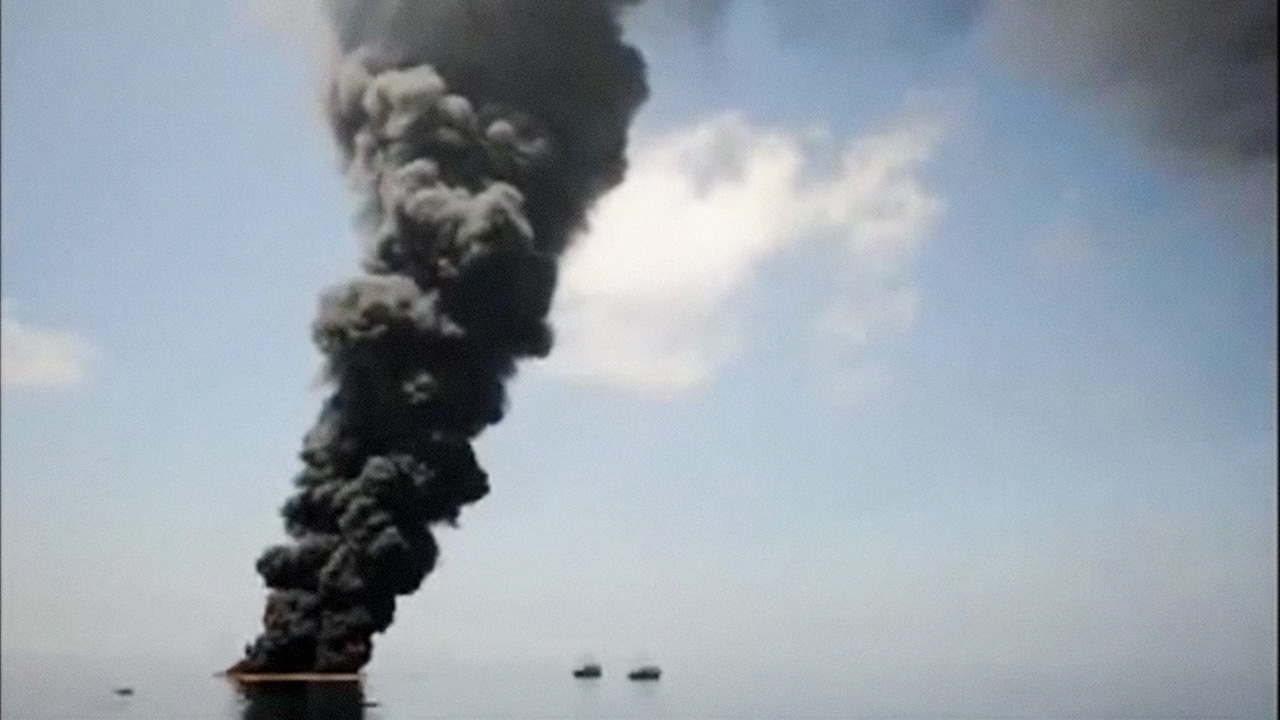
Beneath the Horizon
Beneath the Horizon looks at what life is like now in the Gulf and what we can expect for recovery in the future. We dive into the Deepwater Horizon blowout and compare it to other oil spills in the region to get a long-term perspective on oil spill recovery. The videos here tell the stories of the people and environment that were impacted. After the Deepwater Horizon explosion, we ask: can the environment actually be restored? If so, how long will it take?
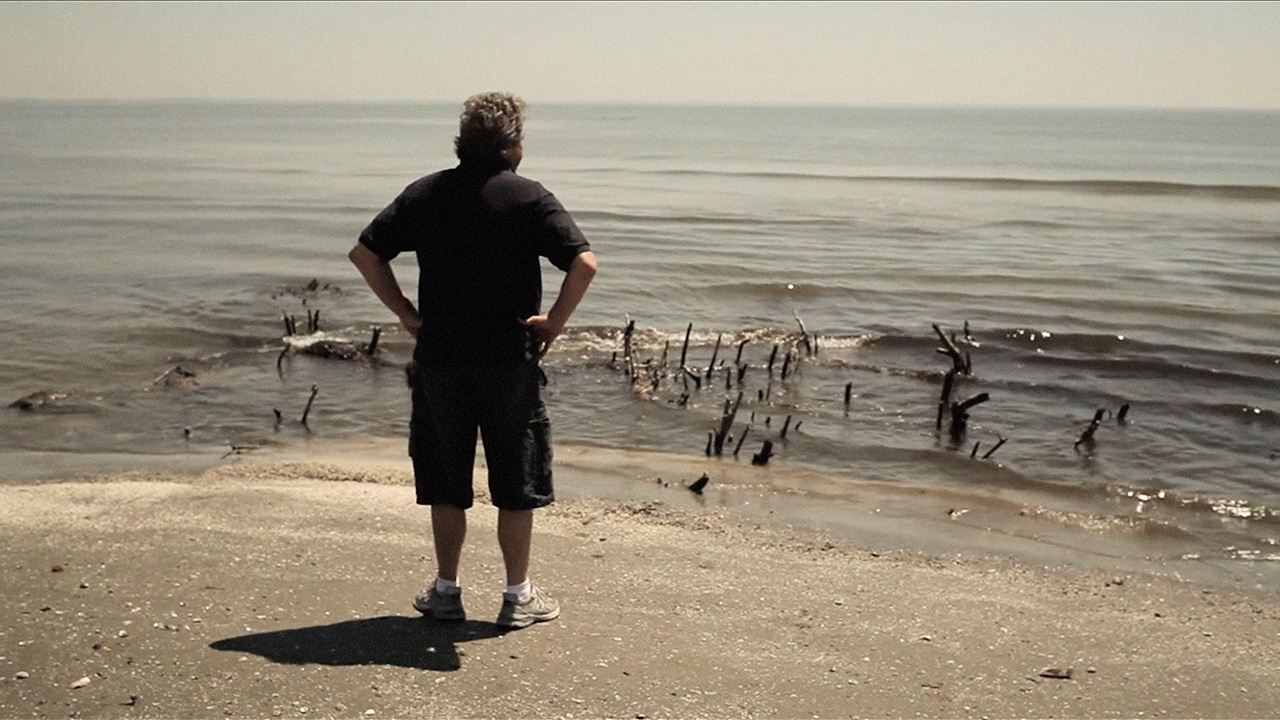
How Much Remains Below?
Born and raised along the Gulf Coast, shrimper Dean Blanchard says life for him never returned to normal following the spill. Join Dean for a journey through the region as he reveals how contamination still affects his environment and livelihood.
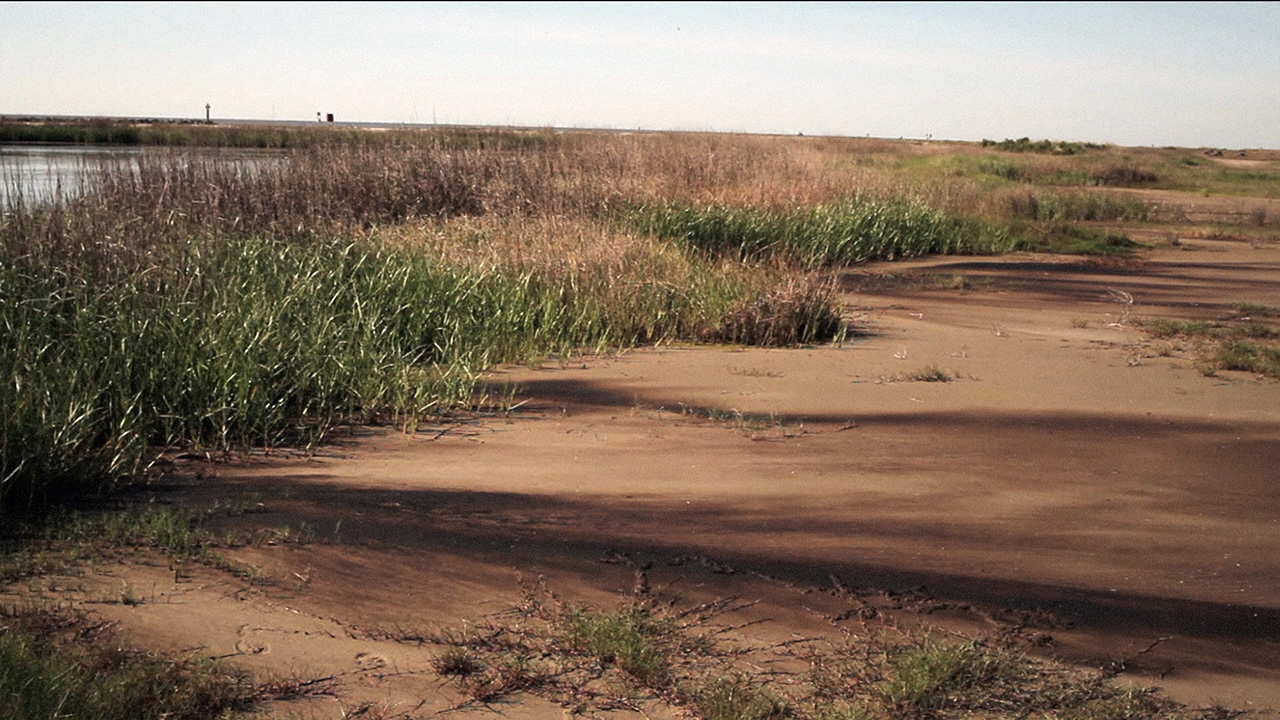
A Complex Recovery
Is the environment recovering? Has it gotten worse? It depends on who you ask—and both observations might might actually be correct. Watch to learn about how many factors affect the health of the Gulf seven years on.
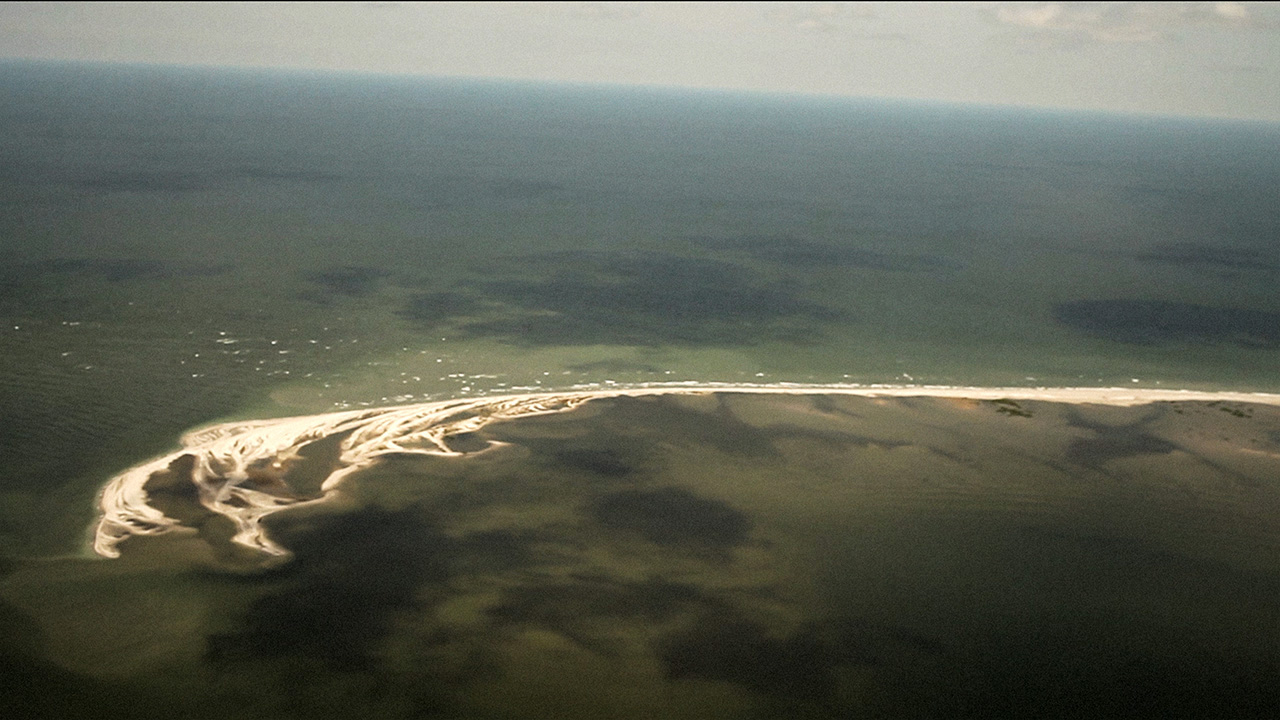
Can the Gulf Be Restored?
For the past century the Gulf Coast has been eroding because of industrial runoff, canal building and more recently because of sea level rise linked to anthropogenic global warming. When the Deepwater Horizon oil spill hit more was lost. Watch to see what’s being done to put resiliency back into the system.
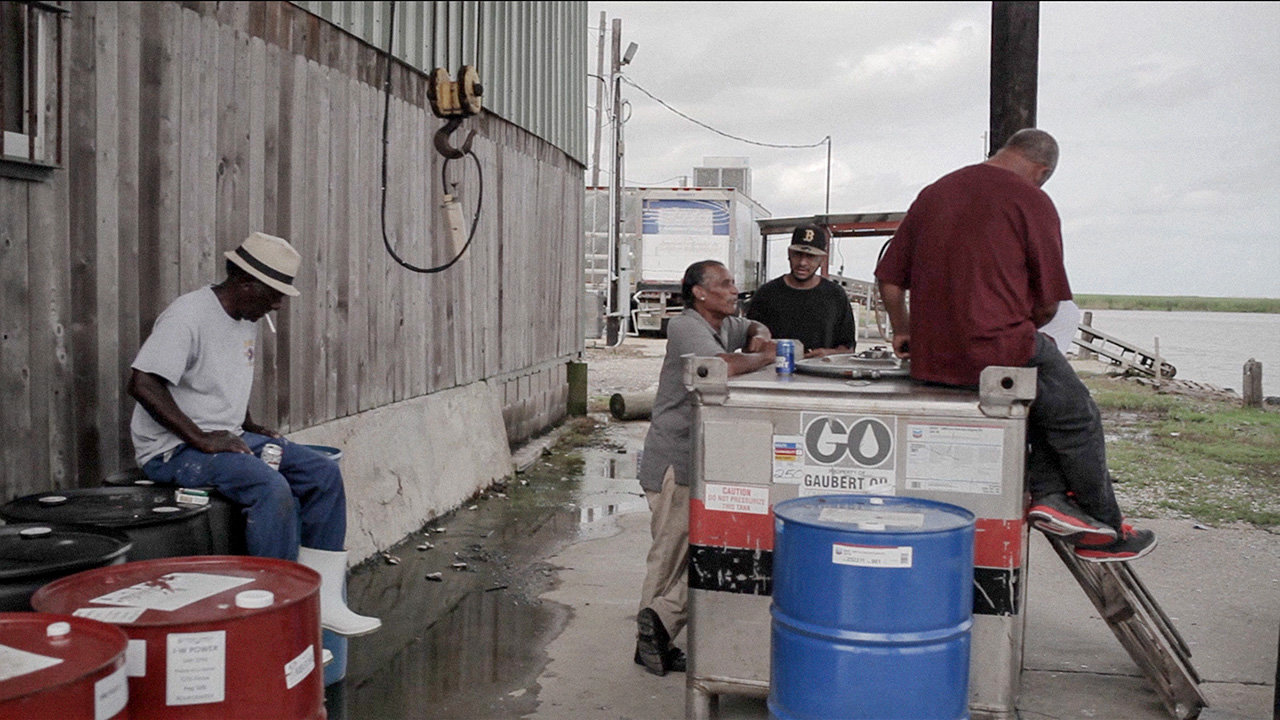
The Folly of Human Decisions
Oil was not the only threat to the Gulf Coast: watch to see how human decisions in the spill's aftermath made the disaster worse and what’s still being done to correct those fateful decisions.
Credit: All images Jake Price
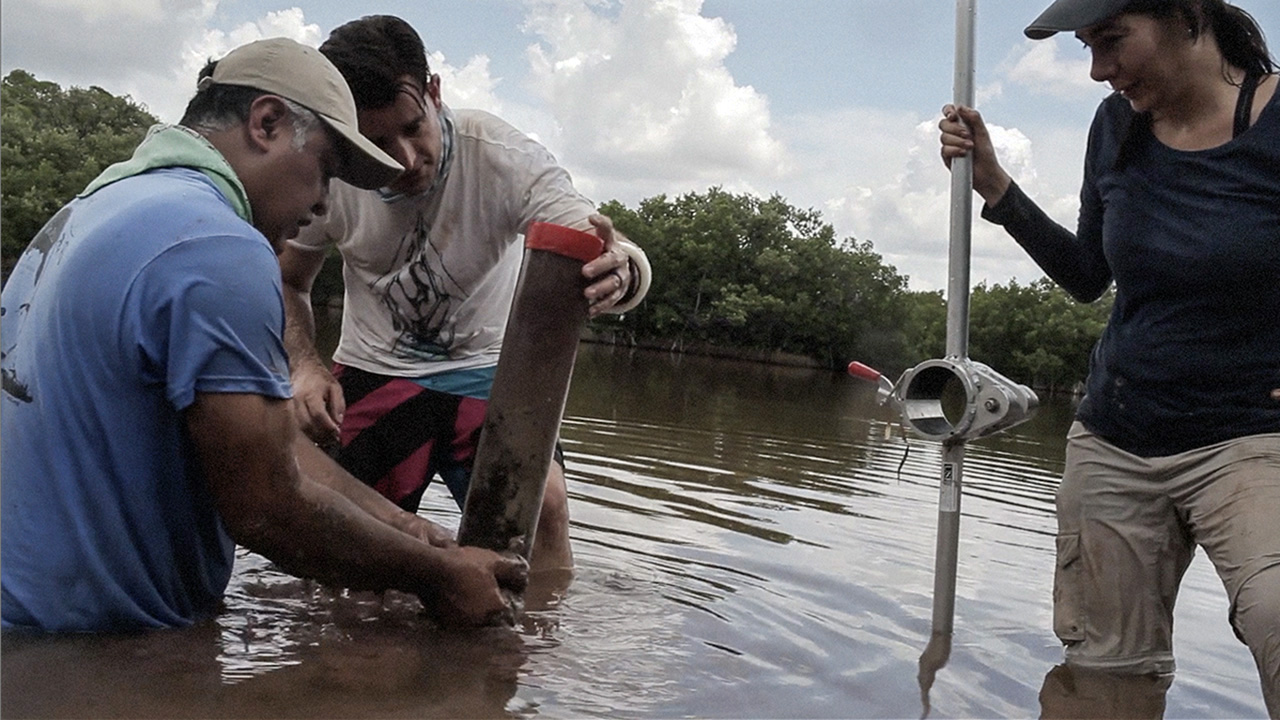
The IXTOC 1 Blowout
In 1979 the the Mexican oil well, IXTOC 1, blew out into the southern Gulf. Similar in nature to the Deepwater Horizon blowout, the IXTOC disaster is being studied with renewed interest. Watch as scientists explore Mexico’s Yucatan coast in search of the long lasting effects from 1979.